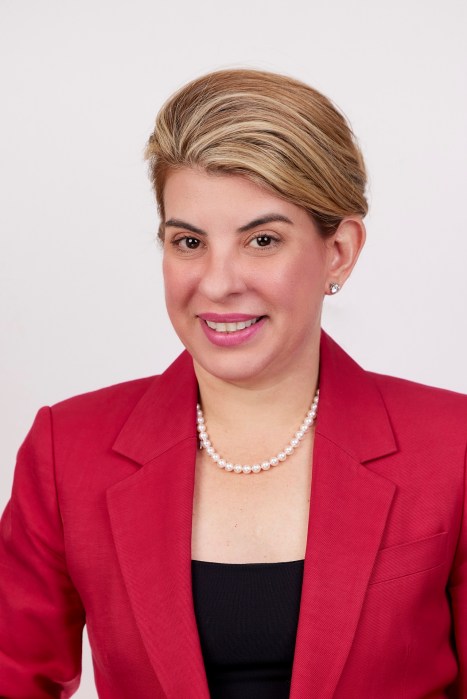Lymaris Albors is the CEO of Acacia Network, a leading nonprofit provider of integrated health, housing, social services, economic development, and cultural revitalization programs. Leveraging her significant acumen in program management, capacity building, quality improvement, and strategy design, Lymaris is responsible for cultivating and expanding Acacia’s partnerships across the public, private, and nonprofit sectors to build on the organization’s legacy and carry forward its mission. In addition to her work at the helm of Acacia, Lymaris serves on the boards of the Legal Action Center, Casabe, and Blythedale Children’s Hospital.
In the postpandemic world, New York’s health care providers, insurers, and policymakers are reimagining everything from delivery of care to disease prevention, from holistic wellness to home-based care, from mental health and substance use interventions to the modernization and integration of patient information. Cost, accessibility, and equity remain central to conversations about the future of health care, with some legislators and providers arguing that a single-payer system is urgently needed. Others claim that the solution lies in the expansion of community-based care, or a greater emphasis on preventive measures such as lifestyle and nutrition. One thing is certain, however. These conversations are being driven in large part by our 2022 Power Players in Health Care — extraordinary individuals with a deep and enduring commitment to improving health outcomes for all New Yorkers.
The article that accompanies this section can be found here.
Jeff Alter
CEO, Summit Health
As chief executive officer of Summit Health, Jeff Alter leads a health care network comprised of over 2,000 providers and more than 9,000 employees spread across 200 locations in New York, New Jersey, and Central Oregon. Mr. Alter’s enthusiasm for patient-centered care is reflected in the mission of Summit Health, which seeks to integrate and simplify health care by expanding access and utilizing more efficient digital technologies. Before joining Summit Health, Mr. Alter served as executive vice president of Anthem Health Solutions and has served on the board of CityMD since 2017.
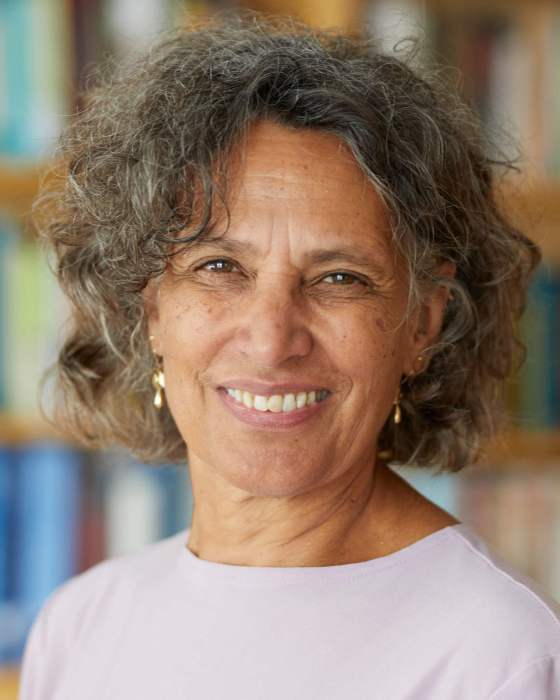
Mary Bassett
Commissioner, New York State Department of Health

Dr. Mary Bassett brings over 30 years of experience promoting health equity to the position of Department of Health commissioner. Commissioner Bassett most recently held the position of director of the François-Xavier Bagnoud Center for Health and Human Rights at Harvard University. She also previously served as commissioner of the New York City Department of Health and Mental Hygiene, where she worked to reduce health disparities between white communities and communities of color by addressing structural racism.
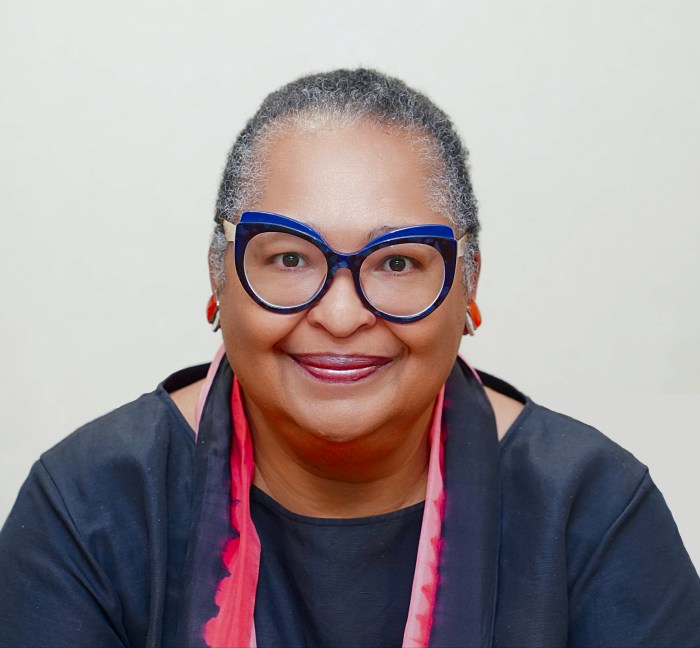
LaRay Brown
CEO, One Brooklyn Health System

LaRay Brown was appointed in July 2017 as the chief executive officer of One Brooklyn Health System Inc., serving central and northeast Brooklyn. Ms. Brown was instrumental in bringing together the three diverse boards of Brookdale Hospital Medical Center, Interfaith Medical Center, and Kingsbrook Jewish Medical Center to create One Brooklyn Health System. Ms. Brown previously held the position of senior vice president for corporate planning, community health, and intergovernmental relations at New York City Health + Hospitals, and also served as a member of former governor Andrew Cuomo’s Health Care Transition and Medicaid Redesign teams.
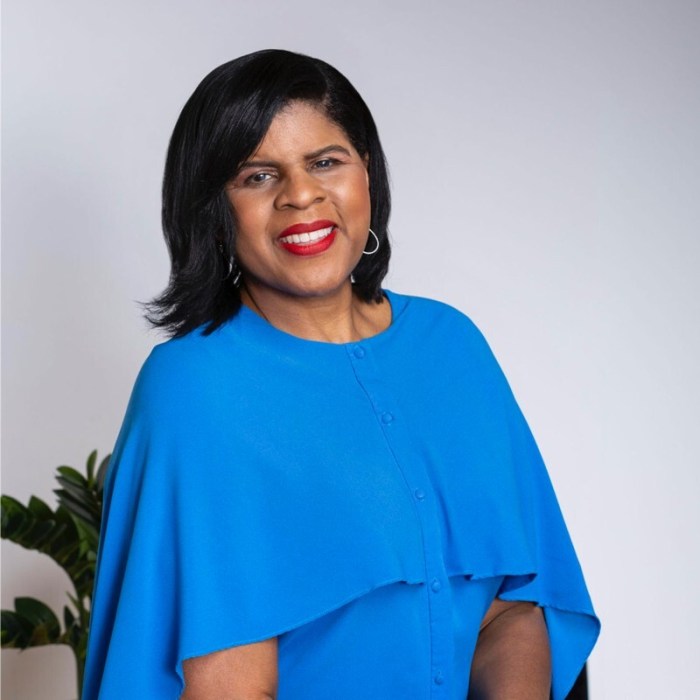
Ruth Browne
President and CEO, Ronald McDonald House New York

Ruth C. Browne, SD, is president and chief executive officer of Ronald McDonald House New York, which provides care, support, and services to families battling pediatric cancer and other serious illnesses. The organization is focused on keeping families close to each other and the treatment their children need, addressing the social determinants of health beyond the clinical advancements in pediatric cancer care, and ensuring health equity among vulnerable and at-risk populations in New York City.
Why did you decide to pursue a career in health care?
My entire academic tenure, I was educated in the minority, until I arrived at The University of the West Indies. While studying abroad, I was introduced to students and teachers that looked like me, which helped me to recognize that I wanted to experience similar opportunities in the future. However, I knew that I would need a marketable skill to allow me to do so and was drawn to a career in public health.
What is the biggest challenge currently facing New York’s health care system?
Prioritizing the health of those who are economically disadvantaged is the biggest issue facing New York’s health care system. Fortunately, New York State is moving toward policies that are addressing the broader social determinants of health, which Ronald McDonald House NY fulfills through our mission to provide temporary housing for families with children battling cancer and other serious illnesses, who face even broader social risks.
How can New York State ensure access to affordable health care?
Health care is a right, not a privilege, and it’s unacceptable for medical bankruptcy to be increasing in our state. In addition to the preservation of the Affordable Care Act, it’s critical that New York State creates policies that tackle these issues while expanding Medicaid to address the social determinants of health. Providing access to care is a major focus of RMH-NY, as is prioritizing the public hospital system, which contains large Medicaid dependent populations.
What does the future of health care look like?
Communities are plagued by health disparities, chronic illnesses, and behavioral issues, and health care needs to be inclusive of addressing social determinants of health. The NYS prevention agenda includes a range of issues, but there is a need for innovation — particularly around how health care organizations share data to inform our programs, and the kinds of services that we can cover when we firmly plant ourselves at the center of the health care system.
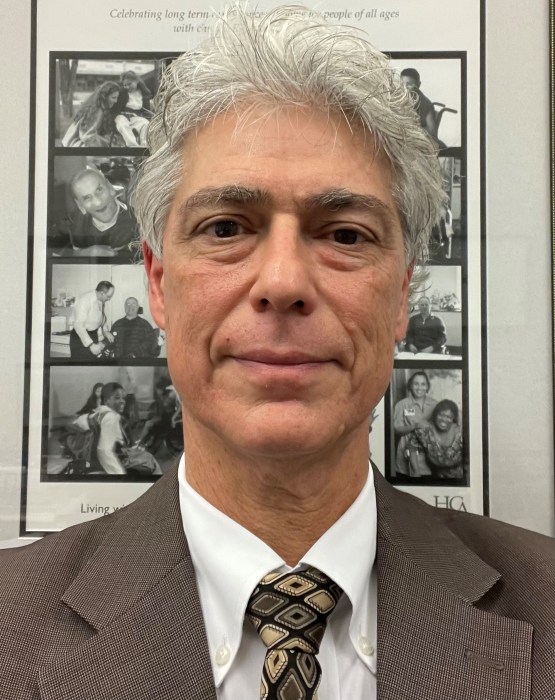
Al Cardillo
President and CEO, Home Care Association of New York State

Al Cardillo is president and CEO of the Home Care Association of New York State, which is comprised of organizations that provide home and community-based care statewide. He has worked over the course of four decades in the health field in health services development, administration, legislation, budget, policy, health association management, and education. He is currently also on the adjunct faculty of the Albany College of Pharmacy and Health Sciences and the University at Albany.
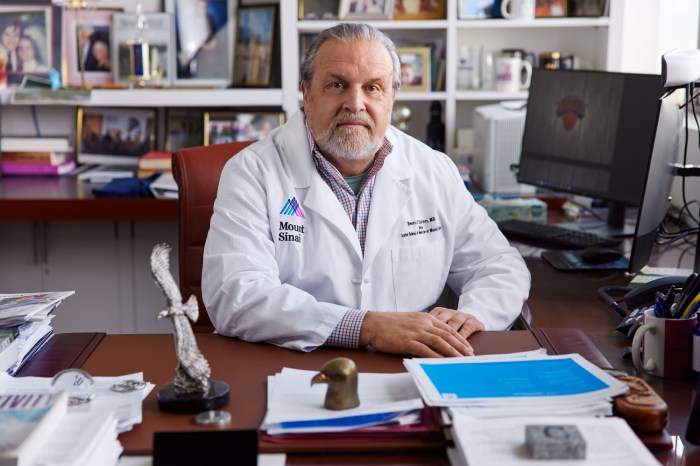
Dennis Charney
Anne and Joel Ehrenkranz Dean, Icahn School of Medicine at Mount Sinai

Dennis S. Charney, MD, is Anne and Joel Ehrenkranz dean of the Icahn School of Medicine at Mount Sinai and president for academic affairs for the Mount Sinai Health System. He is also a world expert in neurobiology and treatment of mood and anxiety disorders, making fundamental contributions to the understanding of the causes of human anxiety, fear, and depression, and the discovery of new treatments for mood and anxiety disorders.
Why did you decide to pursue a career in health care?
In my freshman year in college, I knew that becoming a physician-scientist would be the best way for me to help the most people.
What is the biggest challenge currently facing New York’s health care system?
Providing outstanding medical care to those who need it most.
How can New York State ensure access to affordable health care?
Increase reimbursement through Medicaid and provide support to distressed hospital systems.
What does the future of health care look like?
Research will lead to cures of the most serious diseases. Access, however, must be assured for those who need medical care the most.
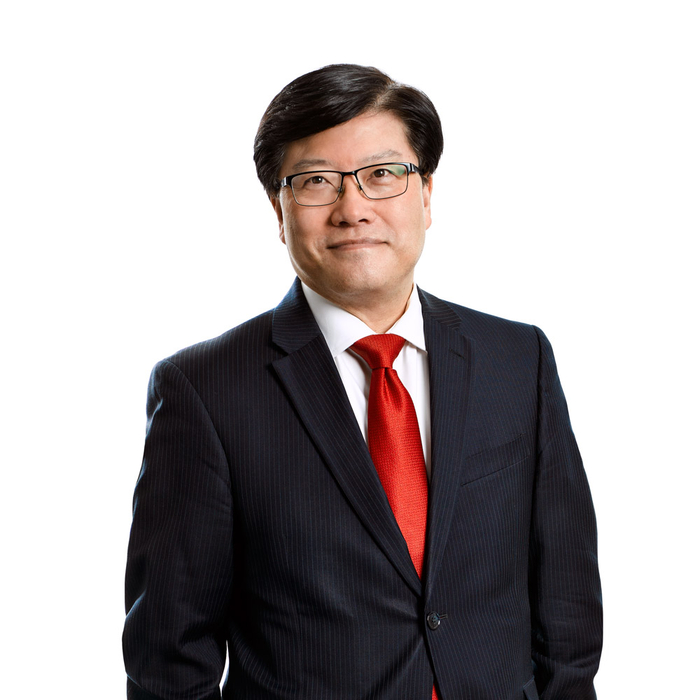
Augustine M.K. Choi
Stephen and Suzanne Weiss Dean, Weill Cornell Medicine and Provost for Medical Affairs, Cornell University

As head of Weill Cornell Medicine, one of the nation’s top-ranked medical and graduate schools, Dr. Choi oversees nearly 13,000 faculty and staff to deliver exceptional patient care, conduct groundbreaking research, and educate future health care leaders. He established a transformative scholarship program to eliminate medical education debt for students who qualify for financial aid. An internationally renowned physician-scientist, his research focuses on understanding how chronic and acute lung diseases develop in response to molecular, cellular, and genetic triggers.
Why did you decide to pursue a career in health care?
After my family left Korea, my dad was the only doctor in a small town in the jungles of Malaysia, and our home was around the corner from the infirmary. On weekends I helped him with menial things, but got exposed to patients, nurses, and doctors, and it probably affected me more than I remember. I explored many options and, in the end, medicine best fit my interest in participating in human issues.
What is the biggest challenge currently facing New York’s health care system?
The pandemic showed that adaptability is a critical skill for doctors, though this runs counter to most medical training, which trends toward specialization. Many students decide early to focus on fields like cardiology or surgery. We are facing a potential national shortfall of doctors in the next decade and need a health care workforce with a solid grounding in primary care skills, expertise across medical specialties, and the ability to pivot during times of crisis.
How can New York State ensure access to affordable health care?
The pandemic highlighted health disparities. Black and Latinx New Yorkers suffered significantly more infection and death from COVID-19. Social determinants of health, including lack of access to adequate medical care, crowded housing, and exposure from one’s occupation can influence acquiring COVID-19. The health care system could benefit from creating systems to increase diversity, address physician burnout, adjust the cost of medical education, fund bench-to-bedside research, and support precision health or personalized disease prevention.
What does the future of health care look like?
Medical schools can play a key role in shaping the future medical workforce. They can encourage independent research among students to instill lifelong learning. They can push telemedicine and educational simulations more deeply into coursework, exposing students to a wider range of clinical conditions. This could break down those specialty silos and encourage students to understand health care delivery as a team effort, with doctors, nurses, physician assistants, therapists and others all impacting patient outcomes.
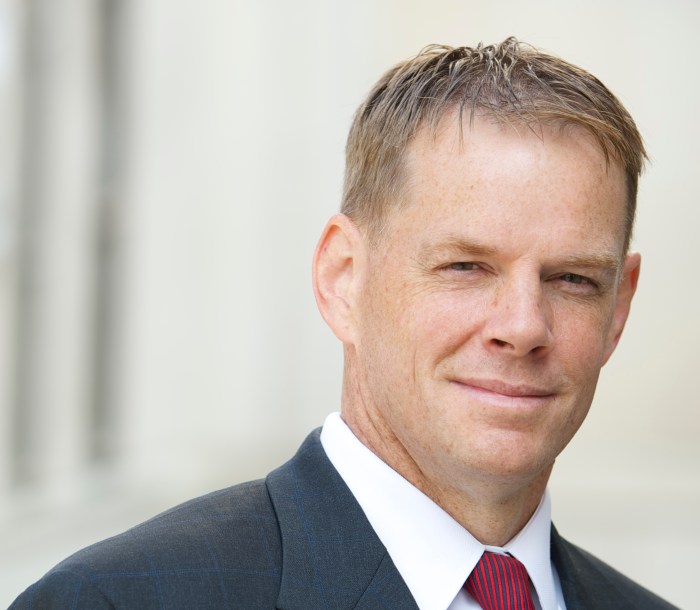
Tom Connolly
Partner, Bolton-St. Johns

Tom Connolly is a partner and the top health care lobbyist at Bolton-St. Johns. As former director of the Council on Health Care Financing, Tom served as one of the chief health expert aides for the speaker of the New York State Assembly. He negotiated and wrote many of the most significant state laws relating to health care. Tom also served as director of state governmental relations and health finance for the Greater New York Hospital Association, where he was the chief state lobbyist. He was previously vice president for managed care and graduate medical education for the Healthcare Association of New York State.
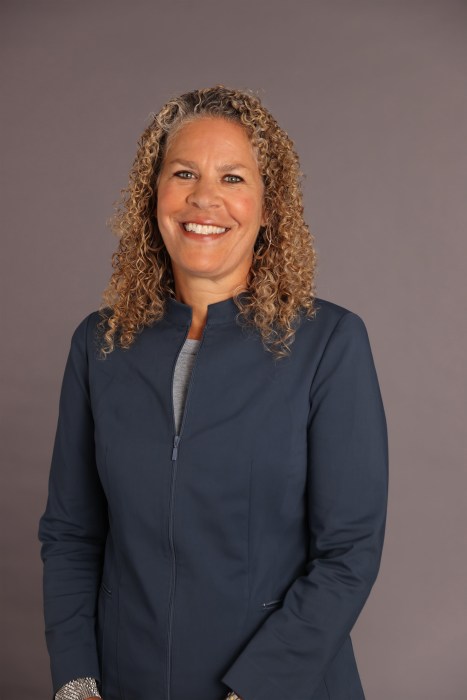
Chinazo Cunningham
Commissioner, New York State Office of Addiction Services and Supports

Dr. Chinazo Cunningham is a physician, researcher, and public health professional who brings extensive addiction expertise to the New York State Office of Addiction Services and Supports. As commissioner, Dr. Cunningham oversees one of the largest state systems of addiction services. She has over 20 years of experience in research, direct patient care, and program-development focusing on people who use drugs. She has partnered with harm reduction organizations, trained hundreds of doctors to treat addiction, led several research studies, and published numerous research articles that focus on treating addiction.
Why did you decide to pursue a career in health care?
I have always wanted to help improve the lives of people who are marginalized and underserved. As a physician, I knew I would have a unique opportunity and privilege to be intimately involved in patients’ lives, and to help them manage challenging medical conditions. As a public health professional, I could expand this work to improve the health of marginalized and underserved populations, to ensure equitable delivery of health services and achieve equitable health outcomes.
What is the biggest challenge currently facing New York’s health care system?
Along with the United States, New York is experiencing the worst epidemic of drug overdose deaths ever. Addressing this epidemic requires overcoming numerous challenges, many which have been present for decades. We must (1) address stigma, (2) invest in strengthening and expanding addiction services, (3) expand and support the workforce, (4) support community-based harm reduction efforts, (5) use data- and equity-driven approaches, and (6) integrate addiction services with mental health and physical health services.
How can New York State ensure access to affordable health care?
For those with addiction, access to affordable care starts with insurance parity — ensuring that addiction services are covered at the same rate and level as other health services. OASAS will continue addressing accessibility by working with providers and other state agencies to support immediate access to care through outpatient clinics, crisis stabilization centers, and peer and family navigators. OASAS will expand affordability through continued financial support to programs serving uninsured/underinsured individuals.
What does the future of health care look like?
The future of addiction services includes 4 key components: prevention, treatment, harm reduction, and recovery. This continuum of care provides a comprehensive approach to address the needs of individuals, regardless of where they are in terms of their addiction. The future includes no wrong doors, accessible services, and easy linkage to care. In the future, addiction is viewed and treated like any other medical condition.


